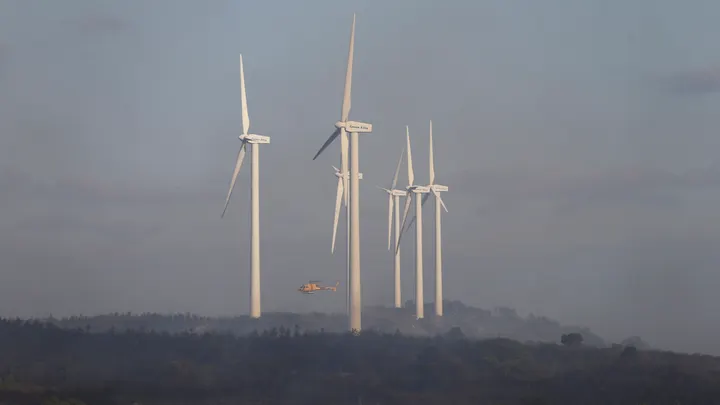The Latest News
Europe’s Heatwave Is Causing A Unhealthy Levels Of Air Pollution

Throughout the midst of blazing wildfires and record-breaking temperatures, air pollution is increasing in southern Europe, including Britain, France, and the UK.
On Tuesday, researchers with the EU Copernicus Atmosphere Monitoring Service (CAMS) issued a warning about harmful ozone pollution levels in southern and western Europe, which are soon expected to spread to the northwest.
The maximum amount of surface-level ozone that can be exposed to for eight hours is 100 micrograms per cubic meter. Daily amounts exceeding 120 micrograms are now observed in the Benelux region, northeastern France, and southeast England.
When greenhouse gasses like nitrous oxide, carbon monoxide, and volatile organic compounds generated during the burning of fossil fuels mix with heat and sunlight, ozone pollution is created.
According to Parrington, since these chemical processes take place more quickly in a heat wave, ozone generation increases.
According to scientists, ozone pollution will rise as a result of climate change. Heatwaves have increased in frequency and severity as a result of rising global temperatures that are currently 1.2C above pre-industrial levels.
Ozone at surface levels is known to exacerbate respiratory and cardiovascular conditions and has been associated with higher fatality rates.
According to a 2019 study published in the journal Environmental Research Letters, prolonged exposure to ozone pollution causes 55,000 premature deaths per year in Europe.
According to the study, climate change may increase ozone pollution-related mortality by 11% in several central and southern European nations by 2050. However, it is anticipated that ozone-related fatalities will decrease if greenhouse gas emissions are reduced.
Not all air quality issues revolve around ozone pollution. Recent days have seen wildfires blazing over Portugal, Spain, and France, spewing stifling smoke containing small, inhalable particulate matter known as PM 2.5.
Additionally, those who already have respiratory or cardiovascular conditions are more vulnerable to flare-ups.
Researchers from the University of Southern California discovered in a study published in June 2022 that while days with extreme heat or extreme particulate air pollution increased the risk of death by 5 to 6 percent, deaths were 21 percent more likely on days with simultaneous extremes linked to wildfires.






